In the world of transportation and logistics, vehicle fleets are important for making sure your services are smooth. But as the number of vehicles on the road goes up, fleet safety has become a big issue. Accidents, driving fatigue, and road conditions that are hard to predict. These put drivers and other road users in danger. AI (artificial intelligence) has come a long way, which has led to new ideas that can make fleet drivers safer and cut down on accidents on our roads.
A recent example of how Abu Dhabi’s Integrated Transport Centre (ITC) partnered with Google to produce AI technology to reduce traffic congestion and regulate traffic signals. During an event at the Mohamed bin Zayed University of Artificial Intelligence (MBZUAI), ITC announced two initiatives, including Project Green Light.
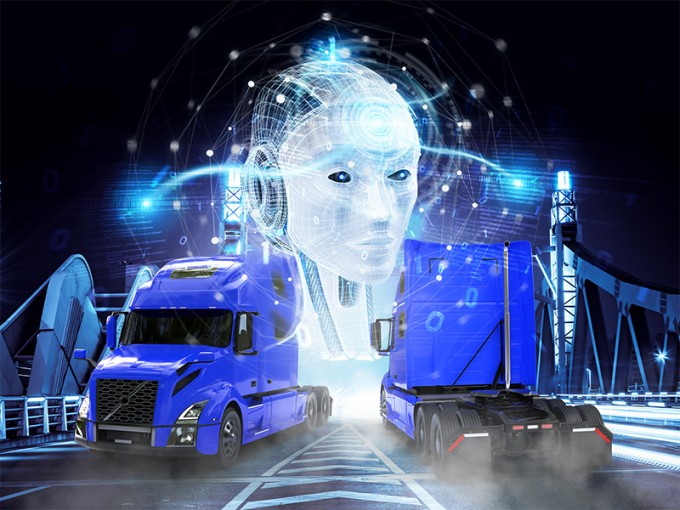
AI-Enabled Driver Monitoring Systems
AI-powered driver tracking systems (DMS) have changed the way we handle fleet safety. The AI systems use cameras and sensors to track the driver’s beaviour. It includes eye movement, head position, facial emotions and level of attention, among other things. AI systems look at this data in real-time. This helps fleet managers find tired or distracted drivers and take steps before an accident occurs. DMS can also give drivers useful feedback, which can help them drive better and be more aware of safety.
Predictive Maintenance for Vehicles
Preventive maintenance dependent on AI is another important part of keeping fleets safe. It involves looking at a lot of information from sensors on vehicles to guess when equipment might break down before it does. By understanding problems and warning signs early, fleet managers can plan maintenance ahead of time. This lowers the chance that faulty equipment will break down or cause an accident.
Intelligent Route Optimization
Route-optimization systems use artificial intelligence to take into account things like traffic conditions, weather forecasts, and road hazards. This keeps drivers up to date on the best and safest routes. Thus, fleet managers cut down on the time drivers spend on the road and help them avoid dangerous areas. This improves safety and cuts down on fuel use.
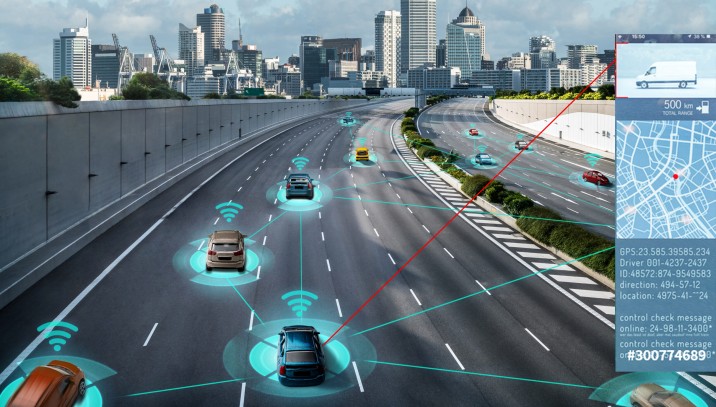
Real-Time Risk Assessment
AI can handle a huge amount of data from many different sources, such as weather reports, traffic updates, and road conditions. AI analyzes this data in real time and warns drivers and fleet managers about potential dangers. For example, heavy rain, accidents, or closed roads. This lets them make safer choices and, if necessary, take different routes.
Driver Training and Performance Analysis
Machine learning algorithms use AI-based driver training platforms. It helps them examine the behavior and performance of each driver. It helps you figure out what drivers need to work on. Fleet managers can make training programs that focus on specific safety issues and improve driving skills.
Collision Avoidance Systems
AI-driven collision avoidance systems use advanced sensors and computer vision technology. It detects and reacts to potential collision risks. When a driver gets too close to another car or a barrier, these systems can apply the brakes or give them a warning. This makes accidents less likely.
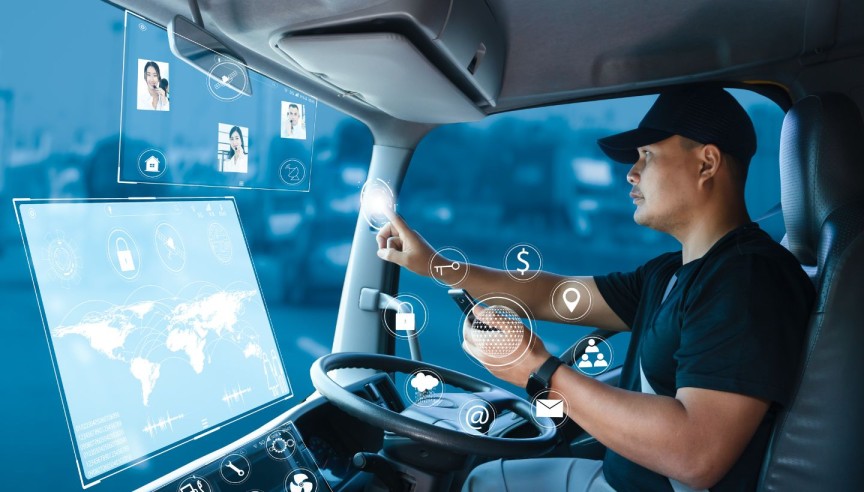
The use of artificial intelligence (AI) in fleet safety measures is a big step forward for the transportation business. AI technologies offer a wide range of ways to improve driving safety and reduce accidents on our roads. For example, they can track how drivers act, find the best routes, and predict when the fleet needs service. When fleet owners use these new ideas, they not only protect their drivers, but they can also make the roads safer for everyone. As technology keeps getting better, there will be even more ways to make our roads safer and more secure.

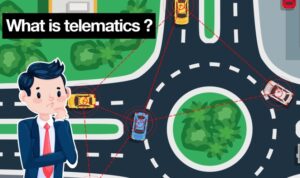

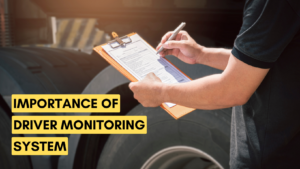
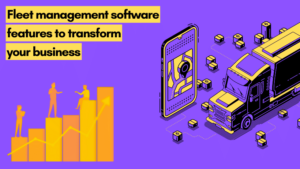
Leave a Reply